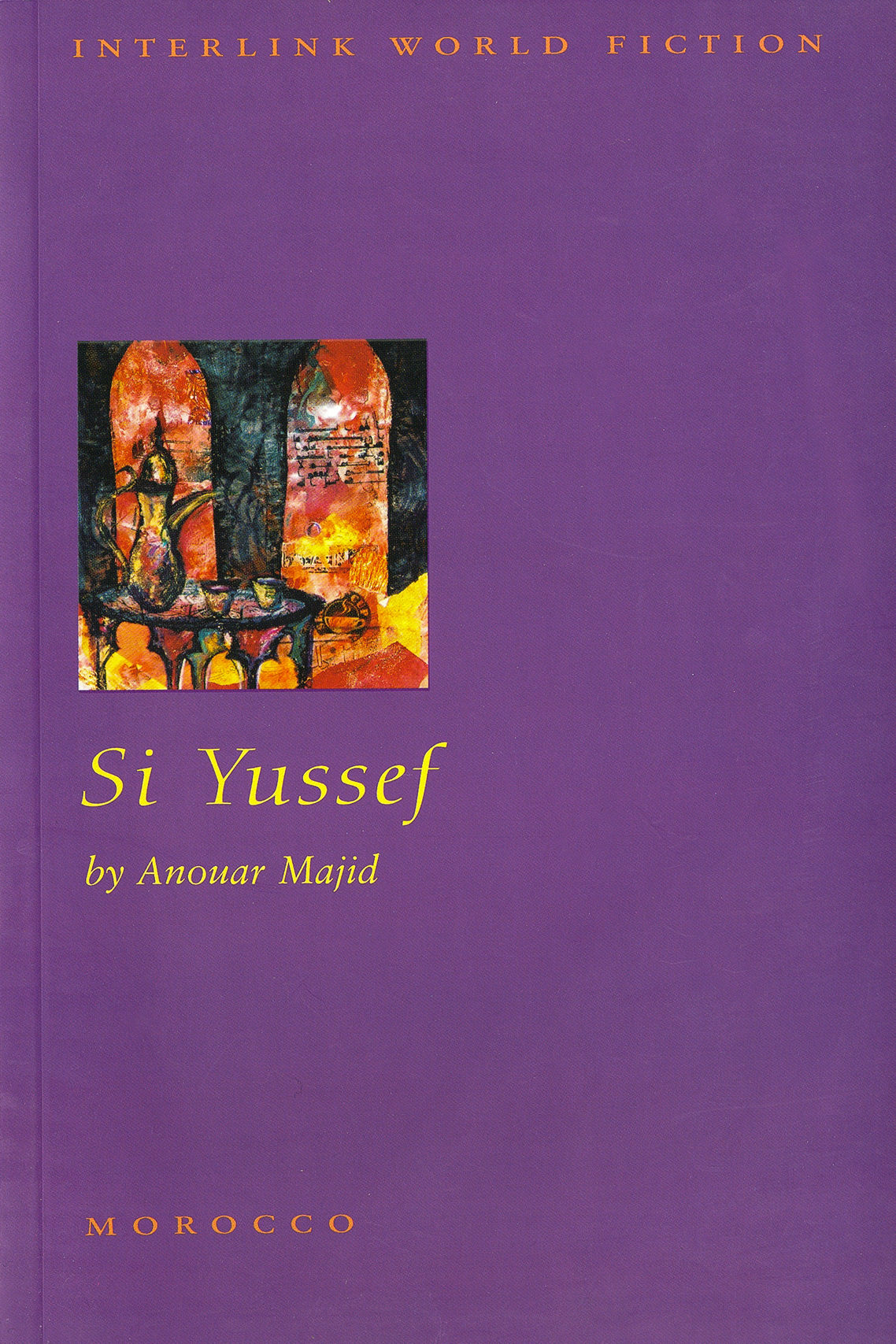The narrator of Si Yussef’s (“Mr.” Yussef’s) story is Lamin, a young university student in Fez. One gloomy day, he encounters the subject of his tale in Ashab’s café in Tangier. They continue to meet for the next twelve days—exactly four weeks and two days before Si Yussef’s death.
Si Yussef had grown up in the neighborhood of Amrah and had guided tourists around the Medina as a child. He became a bookkeeper with the only soap manufacturer in Tangier and for forty-seven years he frequented the Nejma café before transferring his custom to Ashab’s more cosmopolitan establishment in 1964. Si Yussef has come to be regarded with a certain amount of awe, not least because of his wife Señora Lucia—a Christian but a good wife—who was legendary beauty for whom a young Spanish sailor committed suicide in the port of Sebta.
As Si Yussef reminisces and assesses the gentle influences of the past, the narrator from his own unconscious or his own imagination, fills the gaps created by Si Yussef’s narration. This is the third meta-real, spiritual voice. Sometimes it is a voice of memory, vague but common, true but impossible to articulate with precision. The voice becomes the voice of Morocco itself, evoking with sensual images a world that cannot yet be confined with language as the story takes on the resonance of a prayer.


Comments are moderated by the editor and may not appear on this discussion until they have been reviewed and deemed appropriate for posting. All information collected is handled in a manner consistent with our privacy policy.